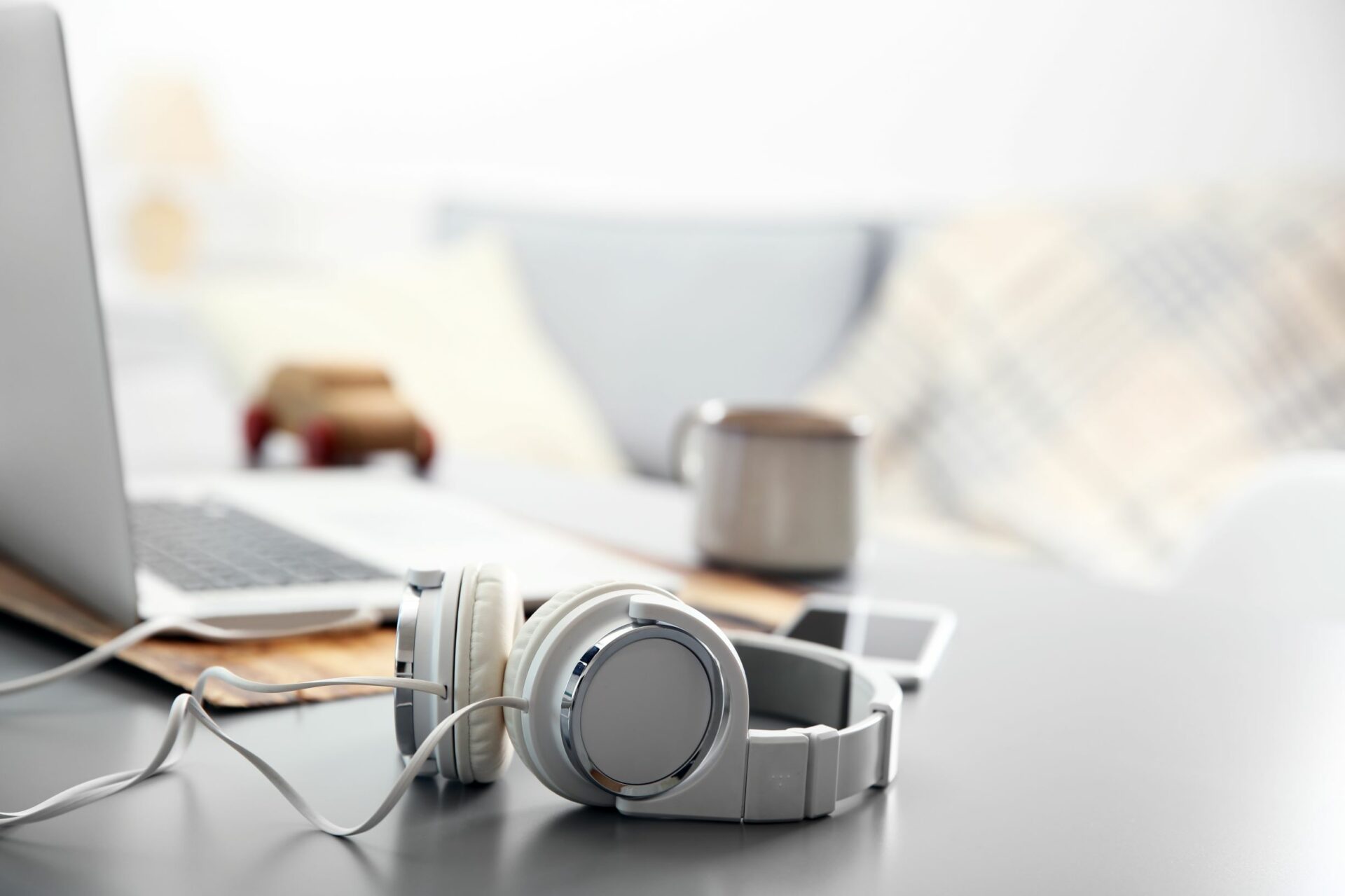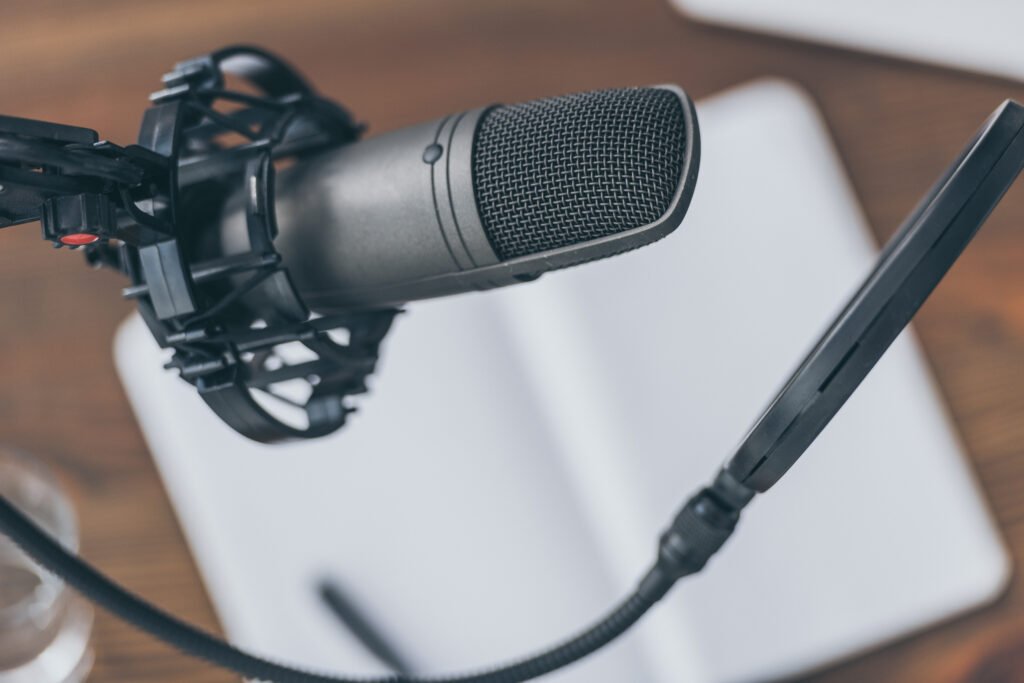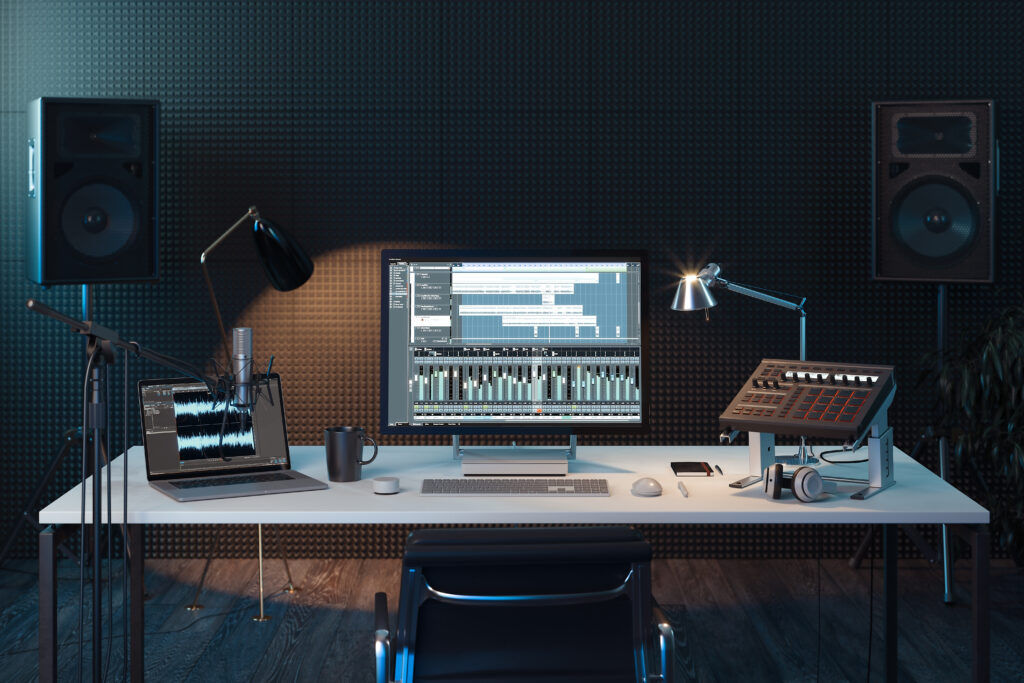A is for … Audio recording
For an editor, the first trip to a recording studio can be an exciting and somewhat daunting experience.

For an ELT (or MFL) editor, the first trip to a recording studio can be an exciting and somewhat daunting experience. If you have worked on the audioscript, this is the moment of truth where you find out if the dialogues that looked authentic and natural on paper really do ring true. In this post, we’ll be looking at some of the factors that go into making an audio recording a smooth and enjoyable experience, with results that (hopefully) sound great!
The process begins long before the recording, of course. Good listening texts need to be integrated with the course syllabus and with frameworks such as the CEFR, which give guidance on the kinds of listening skills that learners will need to develop. However, this post will focus on the time immediately before, during and after the audio recording, and on the practical issues that you might come across.

It’s a good idea to send a draft audioscript to the audio producer at least two weeks before the recording, with a final version to follow one week before. Check with your audio producer though, as they may have other requirements. The audioscript should have a cover sheet specifying key information like the age and level of the target audience and any global requirements for the recordings. Be explicit here, as the more information the audio producer has, the greater the chance that they’ll give you what you need.
Each track should also have a header containing key information such as any important characteristics of the individual speakers (variety of English, gender, approximate age, etc.). Only include details that are genuinely relevant to the recording, as this will give the audio producer flexibility in how they choose and deploy their voice actors. The track header is also the place to specify the location (e.g. a café, a train station, a party) and context or genre (e.g. a podcast, a lecture, a conversation between friends). Listen to ‘real world’ examples of the genres you will be recording. Do the radio shows and podcasts you are emulating have intro music or other effects? If so, including them in your audioscript will increase its authenticity. (Remember to check when you review the audio tracks that any sounds behind the dialogue don’t make it too difficult to understand.) You might want to suggest situational sound effects, too, such as a phone ringing or a door being opened where appropriate. Used sparingly, extra-linguistic clues can help students to understand what is happening in the listening.
One final point about the audioscript: ELT material often contains words or phrases that might trip up an actor in terms of their stress or pronunciation. Do a sweep for tricky-to-say terms and include a phonetic transcription. It will save you from spending valuable minutes in the recording looking for the correct pronunciation online.
Listen to ‘real world’ examples of the genres you will be recording.
Once the audioscript is finalised, you can start to think about the day of the recording itself. It’s worth having a hard copy of the coursebook proofs and audioscript to hand in case of laptop connection problems. It can also be quicker to mark up any changes by hand, but this comes down to personal preference and you should do what you find easier. It’s a good idea to have two editors present at the recording, one to ‘do the activities’ in the coursebook in real time and the other to follow along in the audioscript, checking for any slips or changes that the actors might make.
If you hear a mistake, it’s usually best to flag it immediately so the actor can go back and correct it. The audio technician may decide to ‘drop in’ at the point where the slip occurred or to go back to the nearest convenient pause. With less clear-cut errors, such as a dialogue just being a bit too fast or slow, or an accent not quite working, a longer stretch may need to be re-recorded. Trust your instinct in these cases. It may take a few minutes to go back and do a dialogue again, but it’s much better to fix it on the day than to decide later that a track is not fit for purpose. Or you may find that the actor’s ‘slip’ actually sounds more natural than what was written (as long as it also fits all the requirements of the listening). Remember that your reactions to any mistakes can be seen by the actors through that thick glass, so try not to wince or grimace! Sensitive and diplomatic feedback will help maintain goodwill and get the best results.

Shortly after the recording, you will receive listening copies from the studio. These days, they are usually sent via an FTP site or cloud drive. Apart from any slips you may not have noticed in the recording, you will need to listen carefully for errors introduced in the editing process. For example, if there were two takes of a stretch of audio, has the correct one been inserted? Listen to each track while following along in the audioscript to check for missing dialogue. Although this may seem laborious, it is essential work: the equivalent of proofreading. This is also the time to check that any effects or ambient sounds have been incorporated correctly and at an appropriate level.
Once you are satisfied that all amendments have been made, it’s time to request the final files – sometimes called ‘gold masters’ after the gold-coloured discs they used to be stored on. And (deep breath!) to start the process again for the next level.
Contact us
We'd love to hear from you and promise to contact you asap. Either fill in our quick and easy form below or email [email protected]

The Content Station is your trusted educational publishing team. Our local experts across the globe can deliver on any brief.

